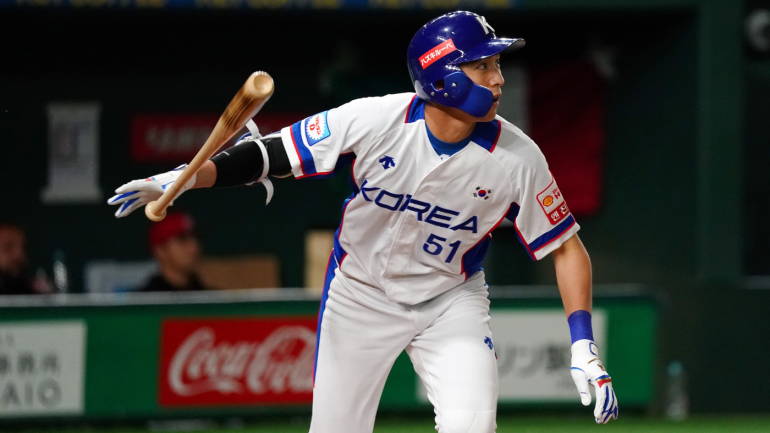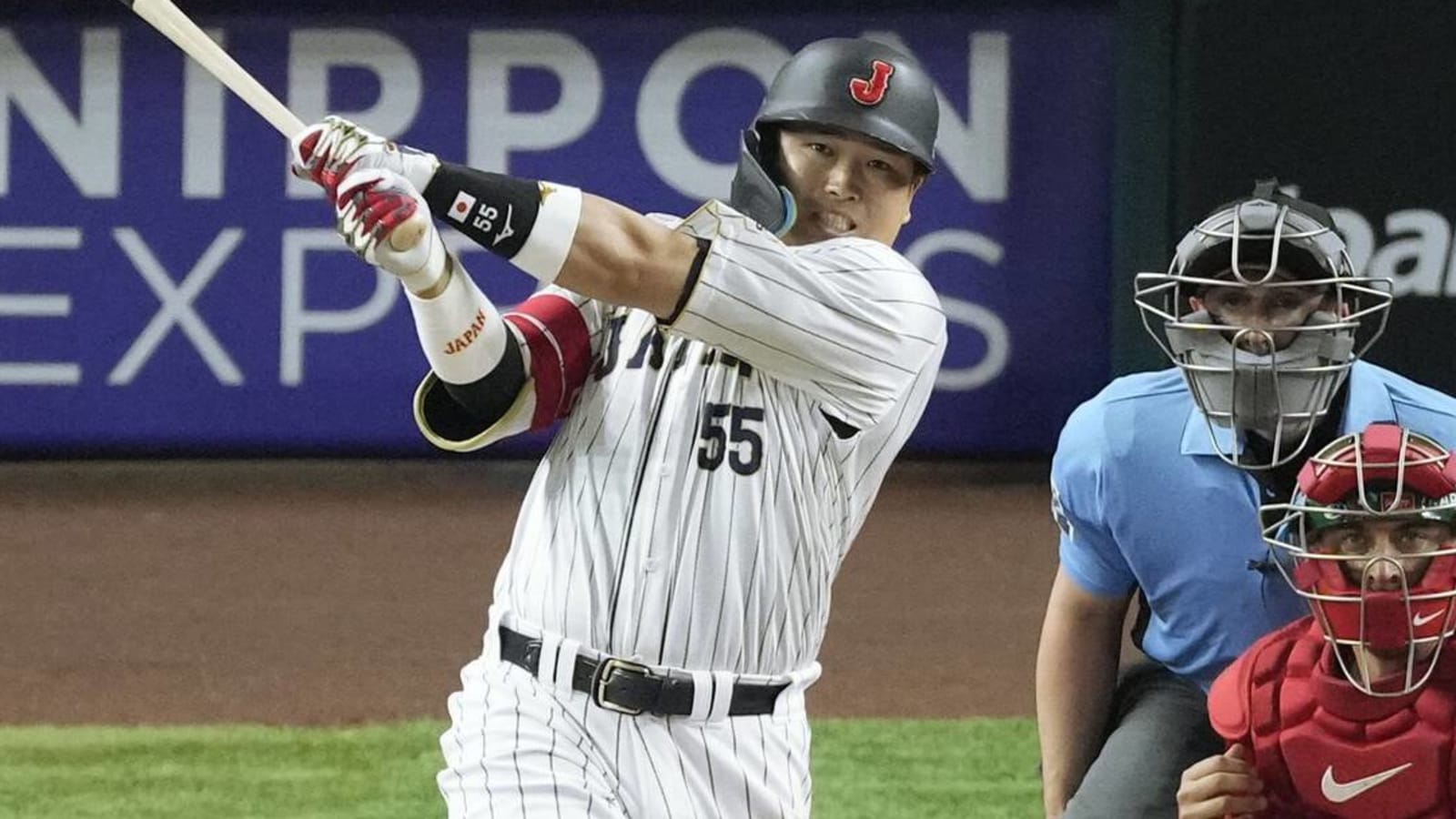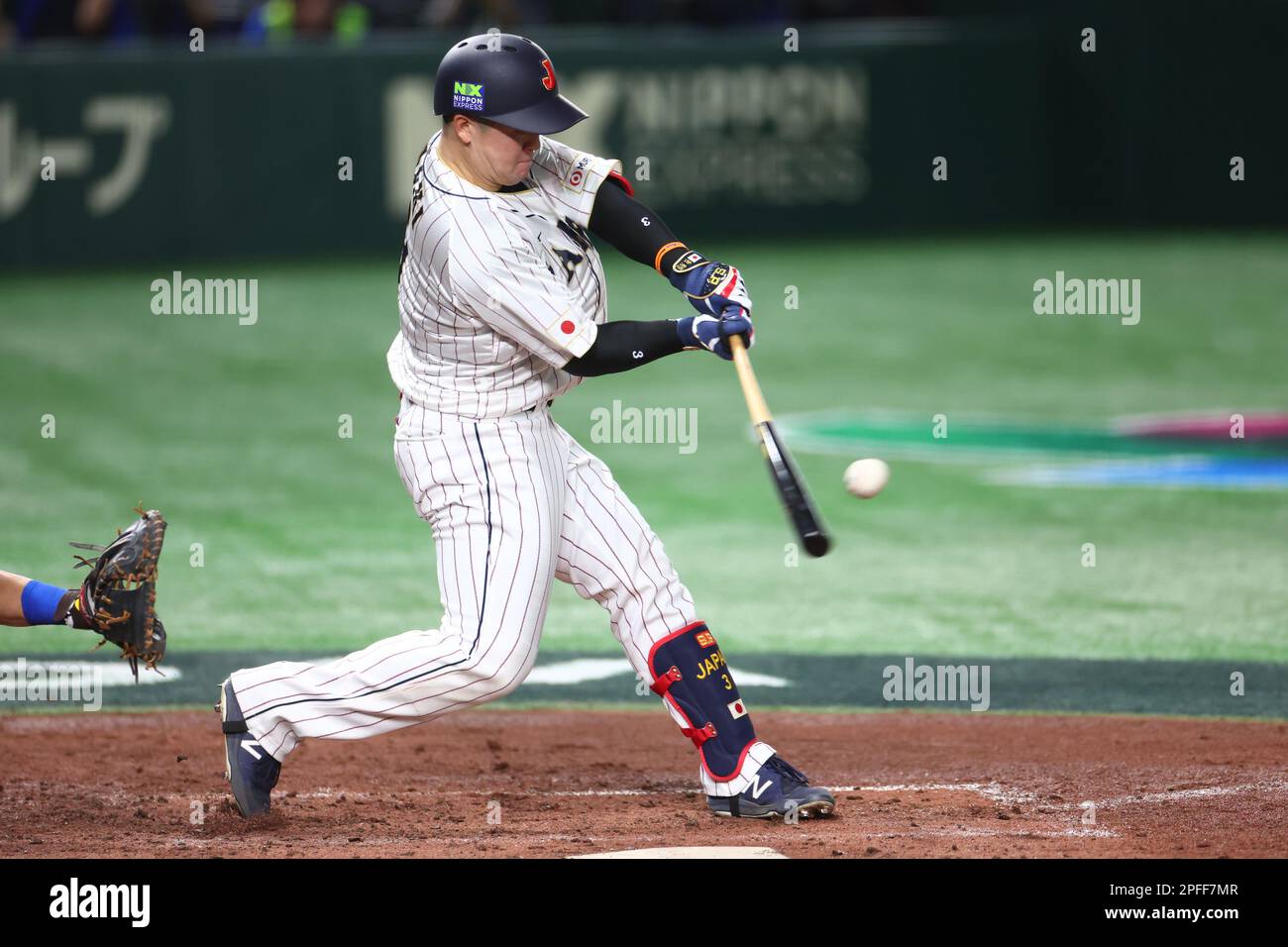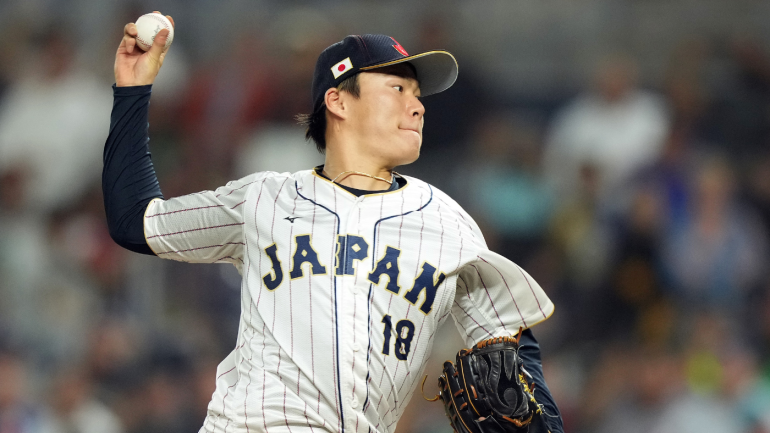Why MLB teams are scouting NPB and KBO: Yoshinobu Yamamoto, Jung Hoo Lee and others promise more than talent
Advanced analytics make it just as easy to scout international players as domestic these days
By R.J. Anderson
9 hrs ago
If you've paid close attention to Major League Baseball's offseason, you may have noticed a new trend. First, headlines were dominated by Shohei Ohtani. More recently, they've been populated by Yoshinobu Yamamoto. In between, Jung Hoo Lee and Roki Sasaki received their fair share of attention.
Taken all together, that's a noteworthy development since each of those players began their professional careers in either Japan's Nippon Professional Baseball league or the Korea Baseball Organization. This offseason is more than evidence that the game has gone global; it's providing proof, in the form of the nine-figure contracts handed to Lee and soon Yamamoto, that MLB teams are increasingly willing to treat NPB and KBO newcomers with the same reverence and confidence that they extend to battletested MLB veterans.
After all, it used to be that teams dipped into the NPB and KBO talent pools in part because the risk associated with those players would keep their price down. The days of those players -- at least the top ones, like Yamamoto and Lee -- coming at a discount appear to be coming to a close.
So, what's behind the shift? Below, CBS Sports has identified four reasons why this winter has become the offseason of the international free agent.
1. Established track records
One of the great misconceptions about international free agents is that MLB teams are flying in the dark about how their games will transfer. That's untrue.
MLB front offices have access to fancypants ball-tracking data from both NPB and KBO players. That data includes spin rate, exit velocity, and all the advanced measures that have become familiar to obsessive MLB fans. Teams plug that data into algorithms and statistical models that project performance, much the way they do with domestic players and up-and-coming prospects, to gain an idea of how the player is likely to perform based on precedent. If that sounds too nerdy for your tastes, then rest easy knowing that teams still employ the tried-and-true eye test. MLB front-office personnel, ranging from full-time Pacific Rim scouts to general managers and everywhere in between, are constant fixtures at international games.
To be certain, there is still some risk involved whenever you're talking about human beings -- and especially human beings who are asked to transfer into a new culture. Beyond that, NPB pitchers are accustomed to throwing with a different, pre-tacked ball than the one used in MLB. They're also used to working a lighter schedule. NPB hitters, meanwhile, don't face as much extreme velocity as their MLB counterparts. And so on and so forth.
Even with those risk factors acknowledged, it's worth reiterating that these players are not mystery men. They've been on scouting radars for years upon years, providing teams with ample opportunity to dig in. To wit, consider that CBS Sports first mentioned Yamamoto as "someone who American fans will become familiar with in due time" back in June of 2020. If we knew of him and his promise nearly four years ago, you can be certain that MLB teams did, too.
2. It's just money
One advantage NPB and KBO players have over their MLB equivalents is a streamlined transaction cost. Teams never have to forfeit a draft pick or part with good prospects in order to add a NPB or KBO player. All they have to do is pony up. That may seem like a trivial difference, but over the last decade-plus, MLB clubs have become more infatuated with the idea of surplus value.
That obsession, in turn, has led to teams overvaluing both draft picks and decent prospects alike, since nothing is more attractive to teams than players making the league minimum for years at a time. (This is also why so many veterans entering their walk years tend to get traded in the offseason: so their acquiring team can still net a draft pick in return.)
When it comes to signing a player from NPB or KBO, teams don't have to do the calculus on whether or not they're losing the efficiency game. They just have to pay the player and the posting fee (derived from the player's contract). There's no draft pick or prospect cost to fret over. Heck, there's even a chance for positive surplus value if it turns out the player did sign at a discount rate. That's sweet, sweet music to the modern front office's ears.
3. Built-in audience
Generally, free-agent additions are viewed exclusively through the lenses of on-the-field contributions. That's in part because it's easier to evaluate the cost of a win than it is to learn how much teams make off players -- particularly star international players -- through various business dealings.
Most public analysis will state that Ohtani is worth his contract if he tallies 50 or so Wins Above Replacement over the next decade. Fair enough … except that ignores that the Dodgers stand to make a lot of money off his presence regardless of how he performs on the field thanks to his global brand.
For an idea of how much the Dodgers stand to gain through new revenue streams, the Los Angeles Times reported that the Angels made between $10 and $20 million annually off Ohtani-related sponsorships. The Dodgers, a more prestigious and competent franchise, could make even more.
Yamamoto and Lee, among others, may not have Ohtani's Q score. That doesn't mean their teams will be unable to generate a return on their investment beyond simply how they perform on the field. That's an important consideration as MLB and its teams continue to try to become global brands.
4. Lacking free-agent class
These players do not exist in a vacuum. There's context to be considered whenever one examines a player's free-agent value. Most notably, the divine laws of supply and demand mean that if a bunch of teams are pursuing a limited number of good players, the cost of those players is likely to increase.
That's true even if the players are coming from alternative sources.
Scroll through CBS Sports' ranking of the top-50 free agents and you'll realize that this is not a particularly deep class. Ohtani and Yamamoto covered for a class that was heavy on middle-of-the-rotation starters and flawed hitters. It makes sense, then, that teams are more willing to spend on international free agents -- lest they whiff on adding anyone of note this winter.
Pay attention to the rest of the offseason and you'll be certain to see MLB teams pursue second- and third-tier international free agents this winter, too. Think Japanese starter Naoyuki Uwasawa, reliever Yuki Matsui, and Korean reliever Woo Suk Go. They may not be on the level of Yamamoto or Lee, but they're available now -- at a time when MLB teams are higher on NPB and KBO players than ever before.
<








